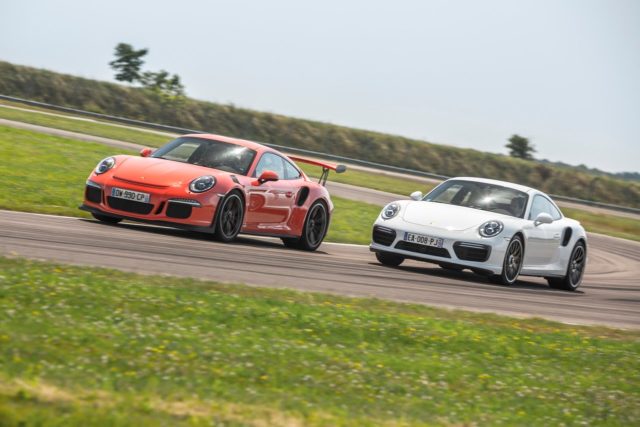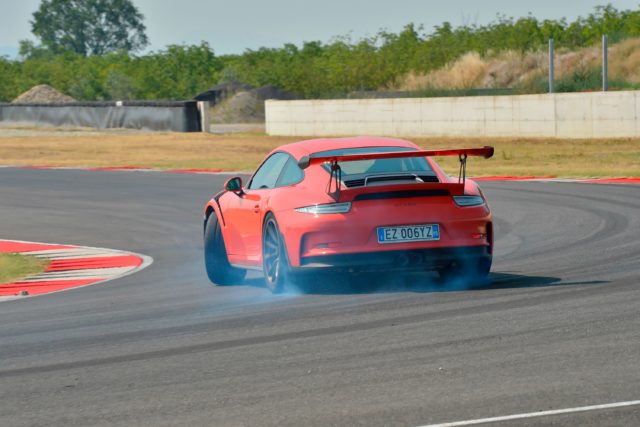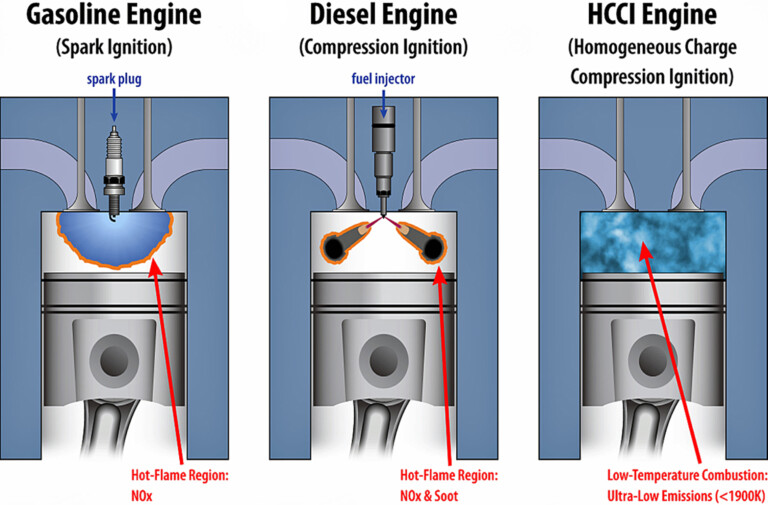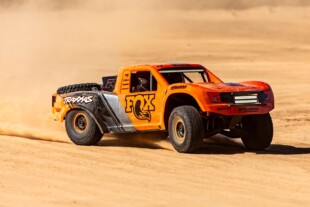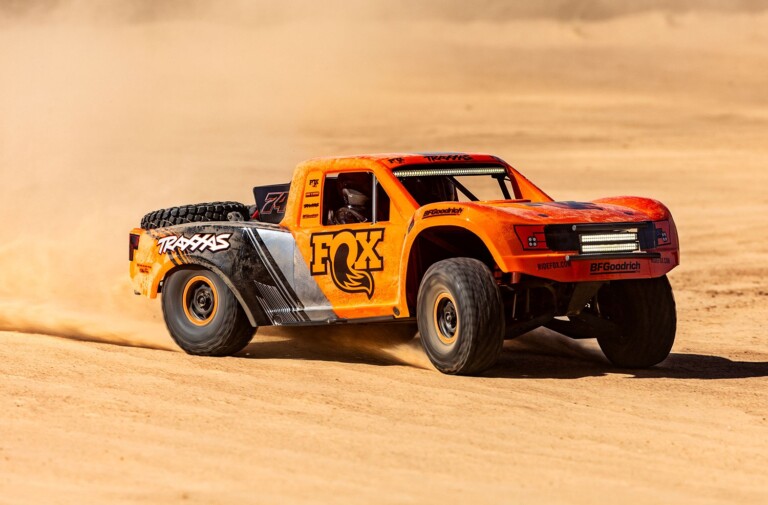Forty years ago, the 911 Turbo was the wildest car Porsche made available to the public. Lightweight, unpredictable, and very powerful, the old Turbo lived up to its moniker “widowmaker.” However, give the German marque four decades to assess the temperaments of their buyers, and they’ve made the former top of the 911 range appeal for a very different reason.
Sophisticated Speed for the Discerning Driver
Nowadays, the Turbo is the premier gentleman’s touring car. With gobs of torque, an intelligent four-wheel drive system, and a good deal of coddling from the plush interior, the modern 991 Turbos are a far cry from the pared-down sports cars of yesteryear. Filling the old spot is the GT3; arguably the best track car on the market. Especially the borderline-nutty GT3 RS, which is about as close to a road-going race car as anyone’s been able to make. Few cars master both the road and the track, but even the GT3 RS stands head and shoulders above that small group for its ability to dual-purpose.
It would seem obvious which would dominate on the track, then. Interestingly, it’s very close between the two. Despite the Turbo’s added weight and complexity, it compensates with its turbocharged motor and the remarkable straight-line shove. The flat six develops 552 lb/ft of torque, 516 of which are available from 2,000 rpm! With Porsche’s “dynamic boost function,” which leaves the throttle valve open momentarily after the driver has lifted off the throttle and interrupts the fuel supply, the throttle response is remarkably sharp for a forced-induction engine. Add in the incredibly-fast shifts the PDK gearbox offers, and there are reason to refer to the car as a “baby Veyron”—it’s just relentless acceleration.
On-Track Performance
Though it might get criticized occasionally for being a little anodyne and remote, it’s more maneuverable than people give it credit, and the clever drivetrain keeps everything in check. For the gentleman driver who might not be that familiar with the limit, it’s perfect. For the experienced driver, it seems to punch above its weight with its incredible competence in all areas—which, hopefully, doesn’t sound like an insult.
However, the GT3 RS is still the daddy when it comes to cornering speeds. With rear-wheel steering, 770 pounds of downforce at 185 mph, and weighing nearly 500 pounds less than the husky Turbo, it covers the braking zones and mid-corner sections easily. While 4WD might lead some to believe the throttle can be applied earlier in the Turbo, its combination of immense grip at the rear and a light front mean the car has to be straightened or will run wide at the corner exit.
In contrast, the GT3 RS continues to turn into the corner, and the chassis balance and the throttle response act as additional tools to give the driver more options mid-corner. On corner exit, the traction is immense, and when it does let go, it’s quite snappy; on a knife-edge. That being said, it’s far more detailed in the upper ranges of grip, whereas the Turbo seems comparatively soft. In the case of the orange, bewinged car, it offers more drama and intimacy at the limit.
It’s the similarity between the two which might surprise some, though. With very different approaches and characters, their on-track performances aren’t all that different. Lap times are identical at Angelsey, which features long straights and slow corners that favor 4WD. While the GT3 RS is arguably the better track toy, it is the Turbo S which continues to impress with its exploitability. Plus, it would look more appropriate turning up in front of the opera house—big wings aren’t generally accepted in high society.



